
A Line from Linda The Tree Canopy
The canopy, where more species live than anyplace else in the rainforest, is the denser layer of greenery about 20 feet thick formed by the next tallest trees. It acts like a roof over the rest of the rainforest. This roof is not, however, solid like the roof of a house. It is partially permeable.

Backyard Canopy, Garden Canopy, Canopy Outdoor, Deck Canopy, Wood
Canopy tree types include columnar, which are trees shaped like columns or cylinders, according to Better Homes & Gardens. Some examples of these are quaking aspen (Populus tremuloidus), which grows in U.S. Department of Agriculture zones 1 to 7, and red maple (Acer rubrum), which grows in USDA zones 3 to 9. Another common canopy tree type is.
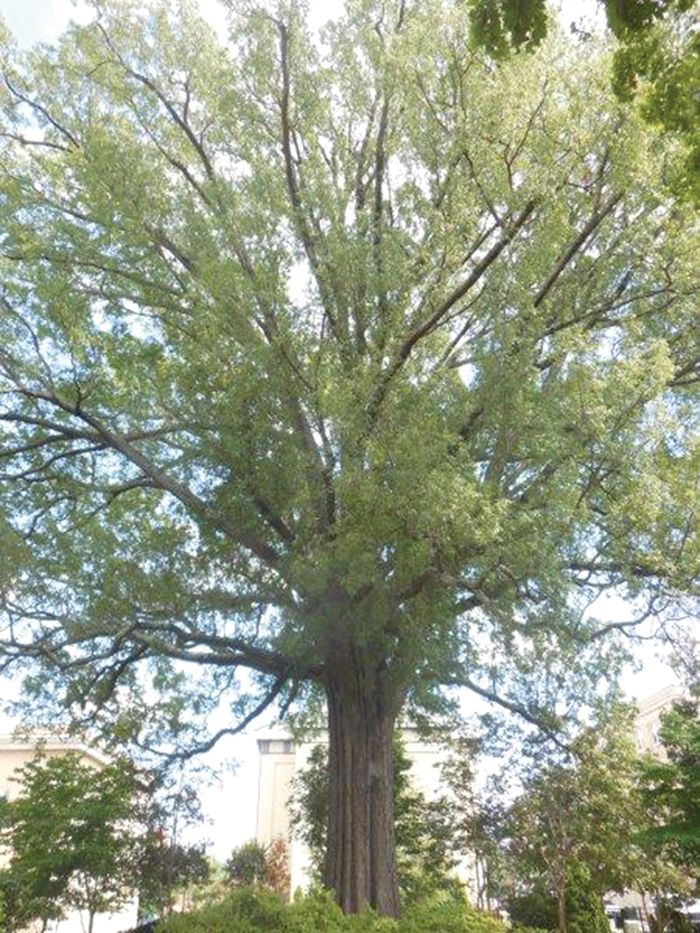
What is a tree canopy and why should I care? Salisbury Post
Crown is the top part of the tree from which branches grow above the stem. There are 8 types of crown on the basis of shape such as. Pyramidal crown: e.g. Deodar cedar; Full crowned: e.g. Sugar maple. Canopy is the outermost layer of the leaves formed by an individual tree or by the group of trees. It restricts the sunlight and rains from.
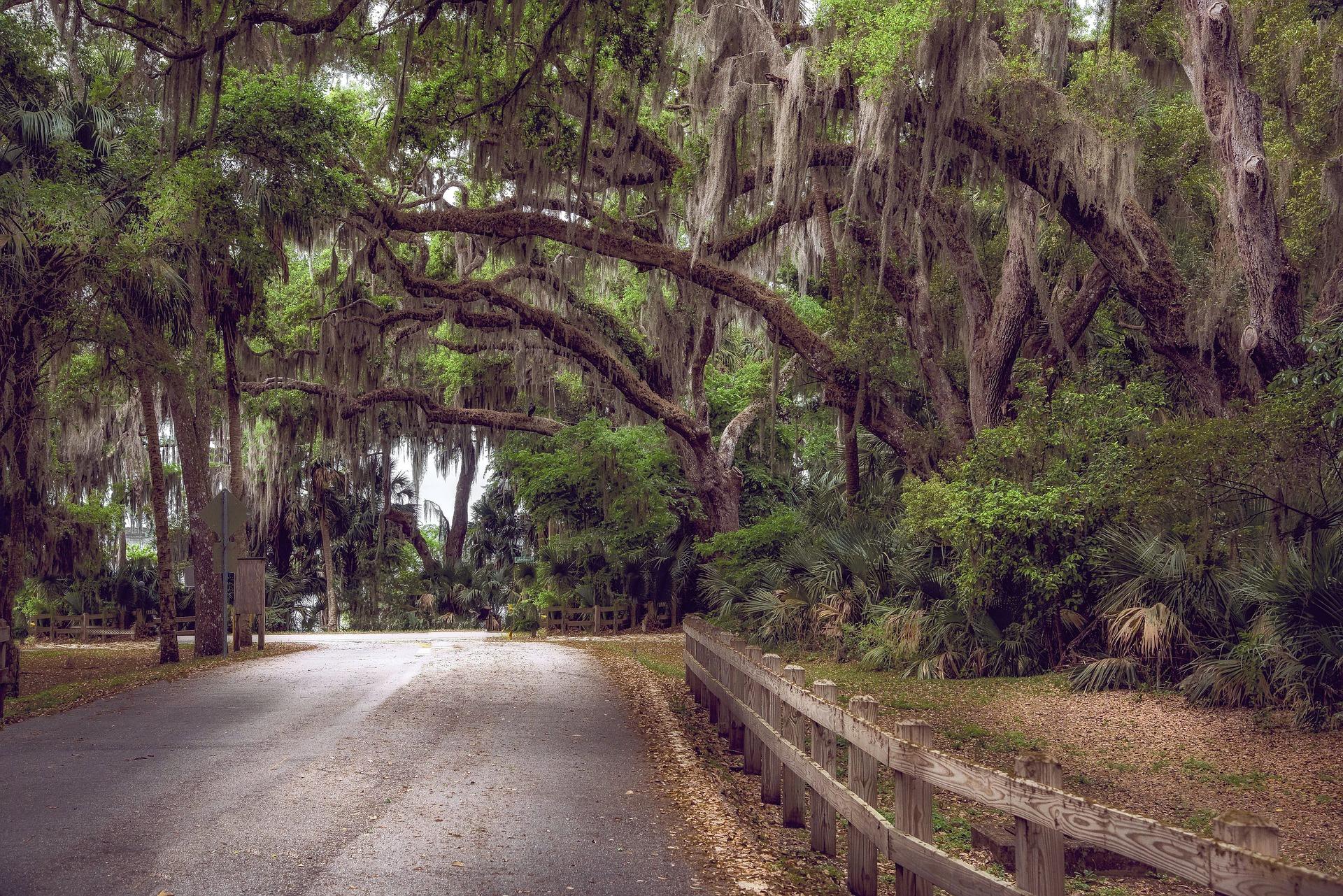
Tree Canopy Audubon Florida
Canopy layer: The canopy is the layer where the crowns of most of the forest's trees meet and form a thick layer. Emergent layer: Emergents are trees whose crowns emerge above the rest of the canopy. Mosaic of Habitats

The Forest Canopy Structure, Roles & Measurement CID BioScience
In its simplest meaning, canopy is the cover resulting from the leaves at the top branches of a tree. However, this definition diminishes the importance and value of the cover created below the crown, right down to the lowest levels of a plant community.

Green Canopy Free Stock Photo Public Domain Pictures
Gazing skyward while in the middle of a forest reveals the wonder of the canopy, the forest's "overstory," where treetop leaves filter light, temper winds, and exchange gases with the atmosphere. A forest's canopy is the sum of its tree-crowns, including branches, twigs, leaves, and even the air that hovers in between.
Garden Design 'Lifting' a Tree's Canopy
The canopy of a single tree includes the crown rim (the leaves and small twigs that face main insolation from the sun) and the crown interior (the main trunk and branches that gives a tree its characteristic shape). The canopy fauna is that component of animal life that inhabits the tree canopy and uses resources found there, such as food.

Tree leaf canopy wallpaper 1920x1200 32256
Trees are the most important members of the temperate forest community. They provide the structure and create the environment for everything beneath them. The forest can be thought of in "layers" with the treetops being the top layer, called the canopy. Small plants grow in the understory, on the bottom right above the forest floor.
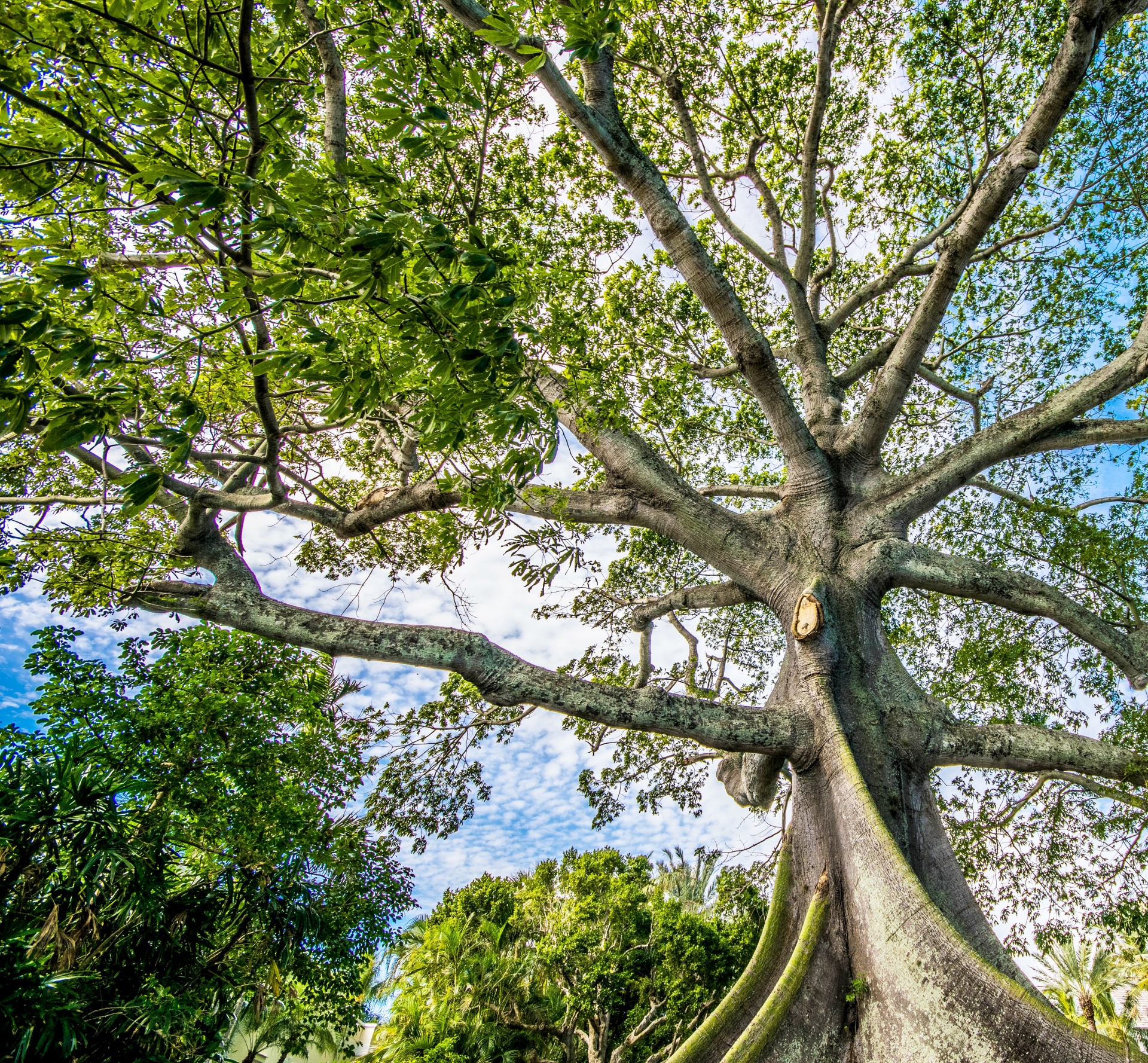
Tree Canopy Free Stock Photo Public Domain Pictures
"Canopy" can be used in biology to describe the upmost layer of any group of plants or crops, but "tree canopy" is generally used to describe trees that provide shade at human scale. In biology, even shrubs or grass can create a canopy: when talking about trees, we generally mean those who give shade. What is an urban tree canopy?

Canopy Trees & Surreyu0027s Tree Canopy Ratio Went From 33 To 30 From
The term canopy refers to the canopy of trees, shrubs, grasses, and other vegetation in a forest. The canopy provides shade and protection from the sun and wind, as well as shelter from predators and insects. What is the top of a tree called? Sugar is made from air and water by the leaves and needles of the tree.
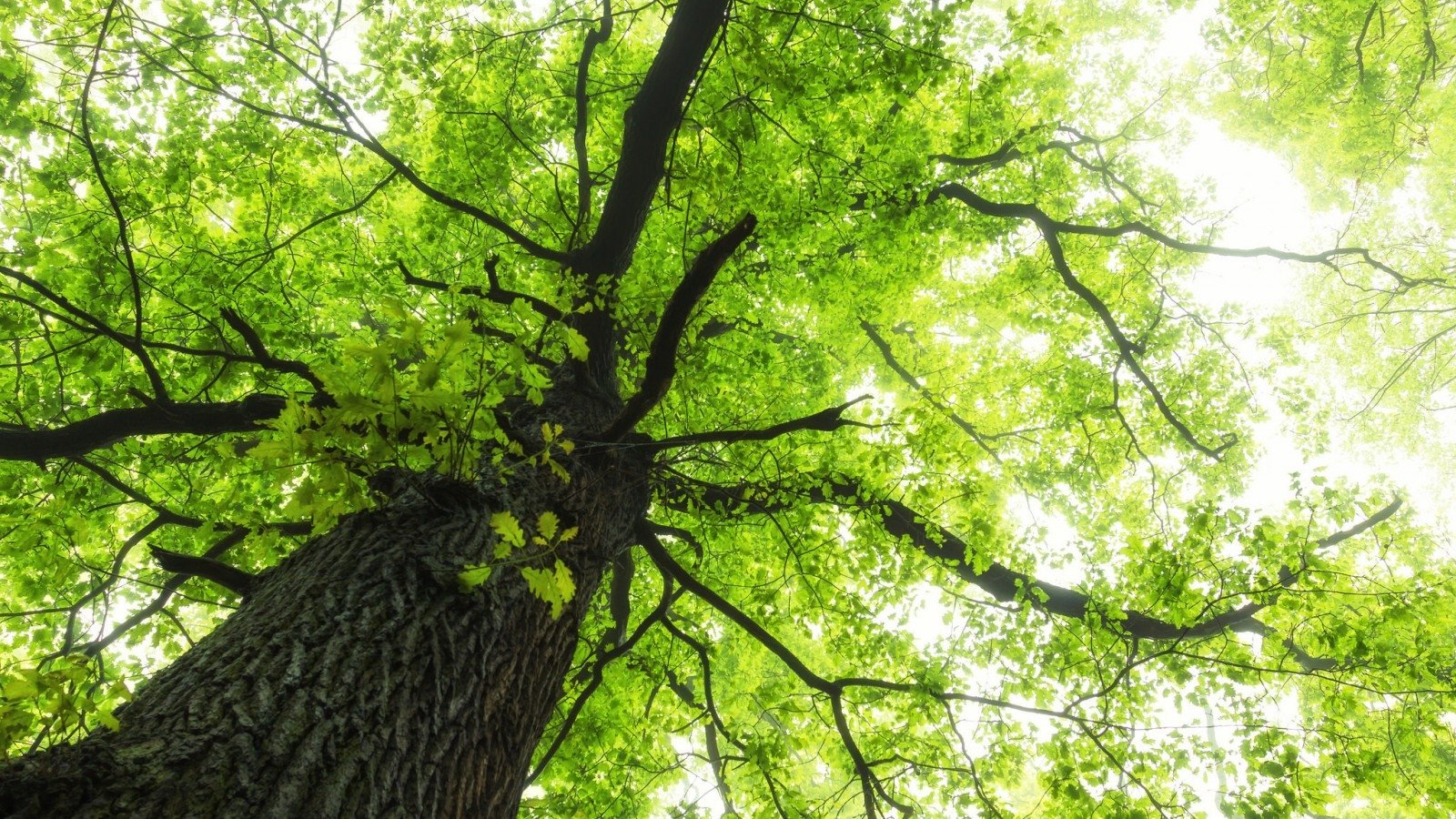
Tree Canopy Image ID 287783 Image Abyss
A forest canopy. A canopy or forest canopy is part of a tree, forest, group of trees, or group of other tall plants. It is where the leaves spread out like a roof or umbrella. [1] The canopy is where the most sunlight touches the plants, so it is where the most energy enters living things. [2] It is also where the most gas exchange happens.
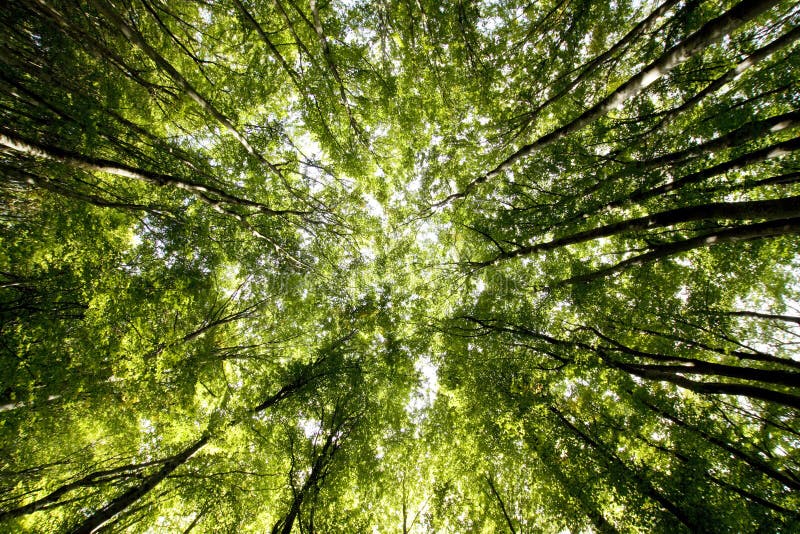
Tree canopy stock image. Image of abstract, orange, park 16171341
Raising the canopy on a landscape tree is a technique used for both practical as well as aesthetic purposes. Also sometimes referred to a limbing up, pruning away some of the lowest branches and limbs can allow more sunlight to plants below and improve traffic flow under and around the tree. It can improve views and visual balance in the landscape.
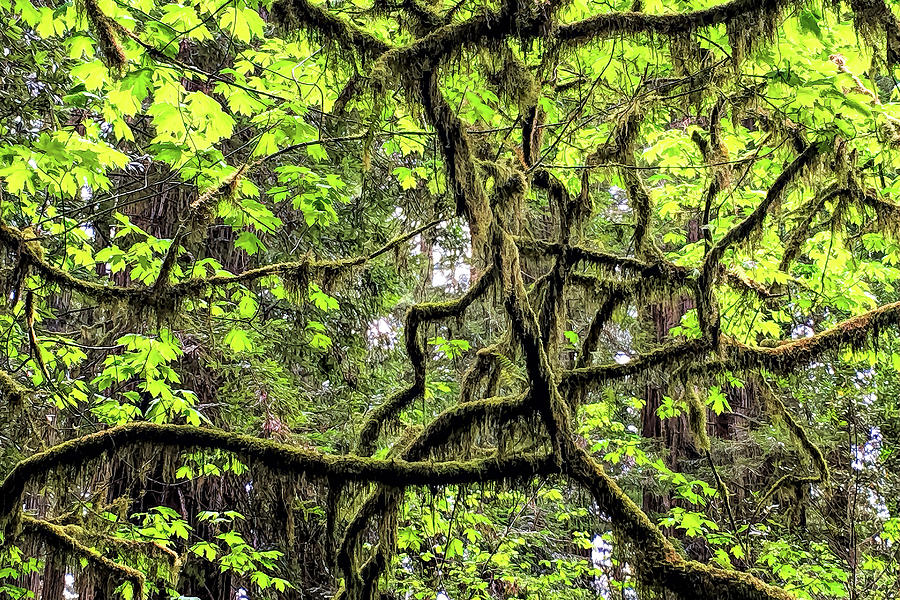
Tree Canopy Photograph by Maria Coulson Fine Art America
Benefits of Tree Canopy Tree canopy is the layer of leaves and branches from trees that cover the ground from a bird's-eye view, offering a wide range of benefits, such as those illustrated above. © TNC Tree Canopy: A Vital Part of the Urban Forest
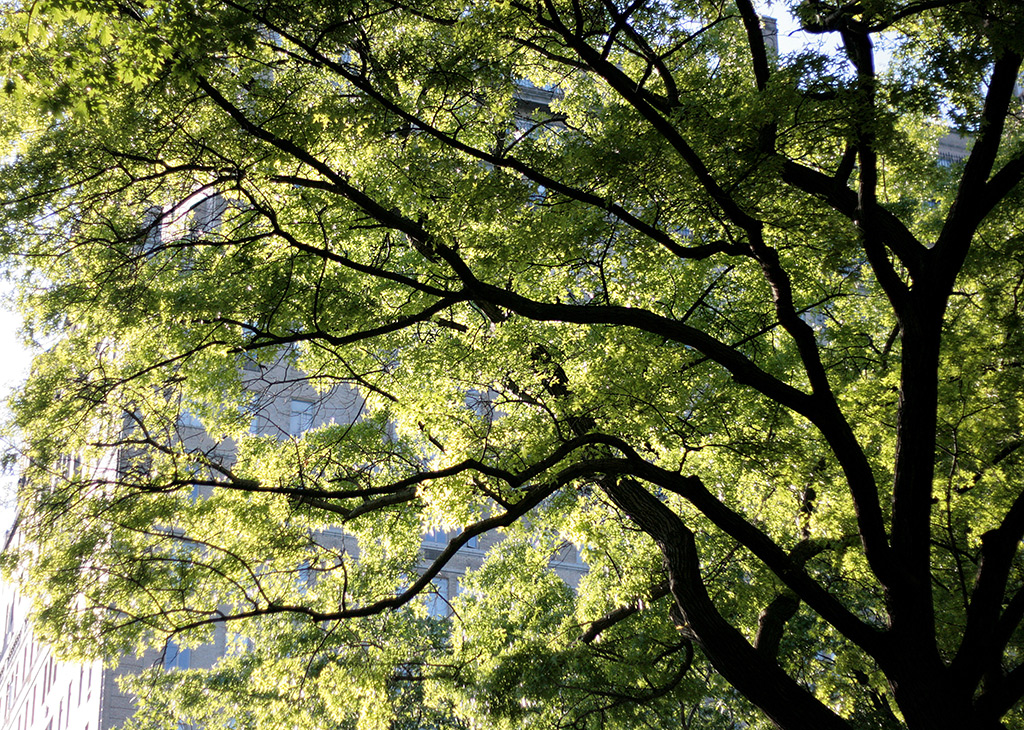
Why We No Longer a 40 Percent Urban Tree Canopy Goal
For those who don't know, a tree canopy is the tree's highest part, consisting of branches and leaves. Every tree has a canopy, some larger than others. Here is an article on canopy disengagement. Classes Of Canopy Trees There are different types of canopy trees, and they all provide some amount of shade.

"The Ancient Tree Canopy" Photography art prints and posters by David
In biology, the canopy is the aboveground portion of a plant cropping or crop, formed by the collection of individual plant crowns. [1] [2] [3] In forest ecology, canopy refers to the upper layer or habitat zone, formed by mature tree crowns and including other biological organisms ( epiphytes, lianas, arboreal animals, etc.). [4]

Tree Canopy Pimp Your Kitchen
Maple, Ash, Dogwood and Virburnum all have opposite branches. Very few other species do. Most other species of trees have alternate branching patterns, including oak, cherry, and cottonwood trees.